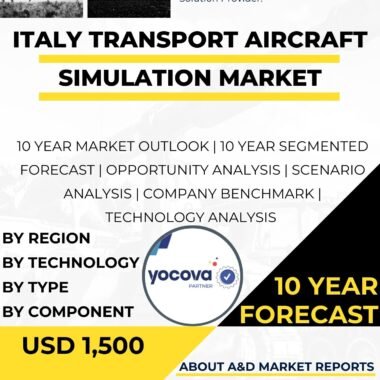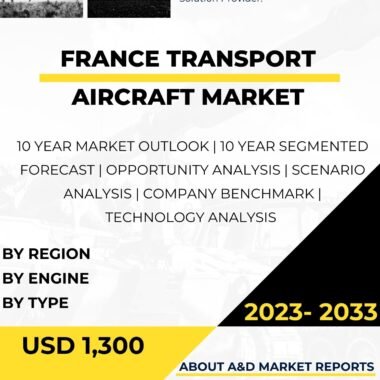Description
Overview of the Australia Unmanned Battlefield Logistics and Support Systems Market
The Unmanned battlefield logistics has grown rapidly in recent years. This growth is driven by Australia’s focus on defense modernization and the need for efficient military operations. Unmanned systems now play a vital role in transporting supplies, equipment, and personnel on the battlefield. As security challenges evolve across the Indo-Pacific region, these technologies help Australia maintain flexibility, safety, and operational readiness.
Unmanned battlefield logistics OF Enhancing Military Logistics Capabilities
A key factor behind the market’s growth is the country’s emphasis on improving military logistics. Reliable logistics ensure troops have quick access to critical resources. Unmanned systems enable autonomous and rapid deliveries, reducing human involvement in dangerous missions. This advancement boosts the efficiency and safety of military operations.
Role of Strategic Alliances and Defense Partnerships of Unmanned battlefield logistics
Strategic partnerships have strengthened the Australia unmanned battlefield logistics and support systems market. Australia collaborates with allies such as the United States and other Indo-Pacific nations to access advanced unmanned technologies. These alliances improve interoperability, knowledge sharing, and operational cooperation in joint missions.
Adapting to Challenging Terrains
Australia’s diverse terrain and remote environments have increased the demand for unmanned systems. Unmanned ground vehicles (UGVs), aerial vehicles (UAVs), and maritime systems assist in transporting supplies, conducting reconnaissance, and supporting naval operations. Their ability to operate in difficult terrains makes them indispensable for the Australian Defense Force (ADF).
Reducing Risks to Military Personnel
Reducing risk to human life is a top defense priority. Unmanned systems allow critical missions to be carried out without exposing soldiers to danger. As safety concerns rise, these technologies play a growing role in minimizing battlefield casualties and maintaining mission success.
Integration of Artificial Intelligence and Robotics
The adoption of artificial intelligence (AI) and robotics has transformed the Australia unmanned battlefield logistics and support systems market. AI-powered systems can navigate autonomously, respond to environmental changes, and make real-time decisions. This capability enhances performance and adaptability in complex battlefield conditions.
Indigenous Development and Domestic Innovation
Indigenous development is a key pillar of Australia’s defense strategy. The country’s defense industry invests heavily in local research and development to design unmanned systems suited to national needs. This approach reduces reliance on foreign suppliers, promotes innovation, and supports the domestic defense manufacturing base.
Cost-Effective and Efficient Logistics Solutions
Unmanned battlefield logistics systems provide significant cost and efficiency benefits. Automated operations reduce manpower requirements and operational costs while increasing reliability. For the ADF, this results in improved logistical performance and better resource utilization.
Applications Beyond Defense
The use of unmanned systems extends beyond military purposes. They are increasingly deployed for disaster relief, humanitarian missions, and emergency response. These systems can deliver aid to inaccessible areas, support rescue operations, and provide vital situational awareness during crises.
Strategic Significance in the Indo-Pacific
Australia’s strategic location in the Indo-Pacific underscores the importance of advanced unmanned systems. Their deployment enhances the nation’s defense readiness and contributes to maintaining regional stability. Efficient logistics through unmanned operations reinforces Australia’s position as a capable and responsible defense power in the region.
Future Outlook
The Australia unmanned battlefield logistics and support systems market is expected to continue its strong growth trajectory. Ongoing technological innovation, AI integration, and domestic R&D investments will shape its future. By adopting advanced unmanned solutions, Australia ensures its defense forces remain agile, effective, and well-prepared for evolving security challenges. These systems reflect the country’s commitment to innovation, safety, and regional stability.




